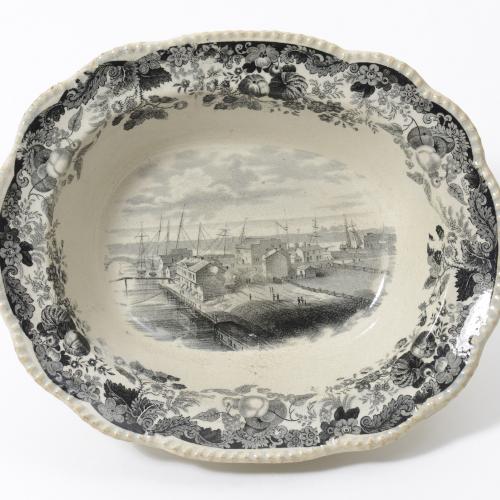Press Kit Images

Unknown artist
G. G. Lange, (German, active 1860s–1880s), publisher
Charles Magnus, (American, born Germany, 1826–1900), publisher
Rochester, ca. 1870
Hand-colored lithographic transfer from engraved plate
New York State MuseumThe impact of the Erie Canal made Rochester a boom town. In 1815, just over 300 lived there; by 1830 the population had increased to almost 10,000. This bird’s-eye view shows the further expansion of the city by the late 19th century with the canal in the foreground winding through the city to the aqueduct over the Genesee River. New York City publisher Charles Magnus recognized there was a market for smaller-sized views to be framed and also used on letterhead.
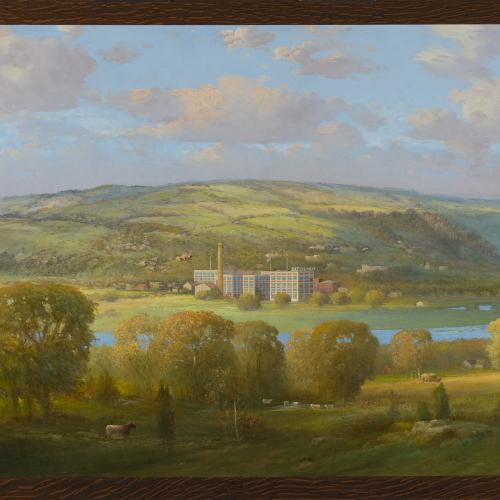
Unknown artist, American School
Beech Nut Factory on the Mohawk River, ca. 1920
Oil on canvas, 40" x 80"
Arkell Museum at CanajoharieIn 1891, the Imperial Packing Co. was built along the canal in Canajoharie to produce Beech-Nut canned ham. By 1899, the company was incorporated as the Beech-Nut Packing Company, and began to diversify its products to include baby food, gum, peanut butter, and other packaged foods. The plant expanded, and Beech-Nut became a major source of jobs and wealth in the village. In 2009, after 118 years of business in Canajoharie, Beech-Nut announced that the factory would close, and operations would move to nearby Florida, New York.
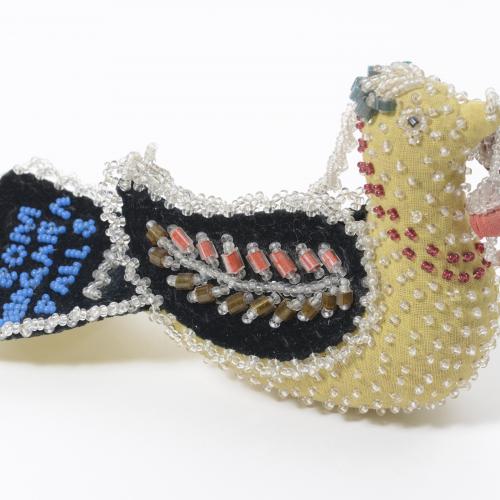
Unknown artist, Tuscarora
Beaded bird, ca. 1860–1920
Fabric, glass seed beads
Collection of Dolores ElliottTourists frequently visited reservations near the falls and purchased souvenirs of Native American handwork. As Native trade network and land holdings changed, selling to the tourist market became an important income source, and the forms being sold shifted to reflect demand from non-native patrons. Tuscarora women were noted for their beadwork, which they employed on a variety of objects, including pincushions, purses, and wall hangings.
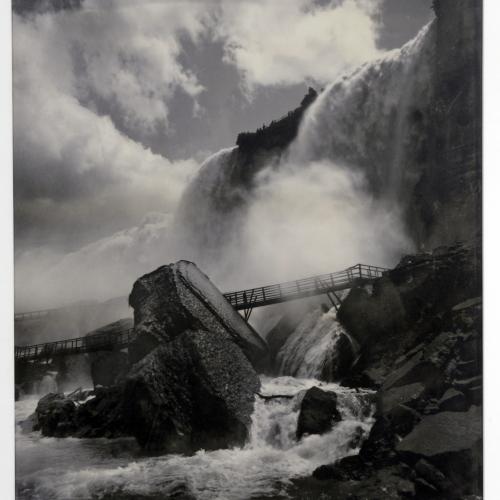
George Barker (American, born Canada, 1844–1894)
Niagara Falls (Cave of the Winds), ca. 1888
Albumen silver print from glass negative
Collection of Alexandra C. AndersonIn 1862, George Barker opened Barker’s Stereoscopic View Manufactory and Photograph Rooms in Niagara, New York. He became known for his dramatic views of the falls, which featured sharp contrasts, dramatic skies, churning water, and angular rocks. Barker sold large prints for wealthier tourists, and offered an extensive catalogue of stereograph cards and smaller souvenirs for travelers on a budget
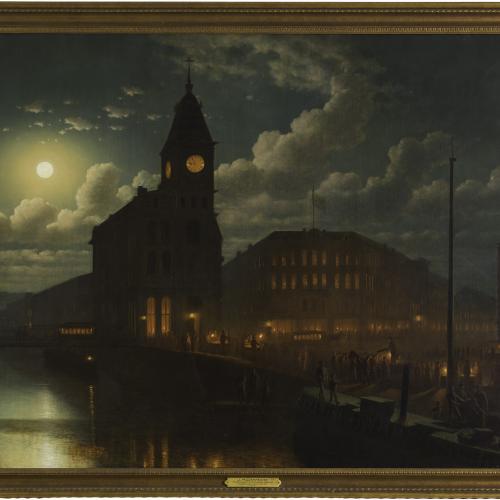
Johan Mengels Culverhouse (American, born Holland, 1820–ca. 1890s)
Clinton Square, Syracuse, New York (Syracuse by Moonlight), ca. 1871
Oil on canvas
Onondaga Historical AssociationCulverhouse arrived in the United States from The Hague in 1849. Following travel and a period of study in Paris, he established a studio in Syracuse. The Dutch painting tradition, with which he would have been familiar, is rich in canal scenes. Moonlight was Culverhouse’s specialty, and his talent in the genre is apparent in this painting.
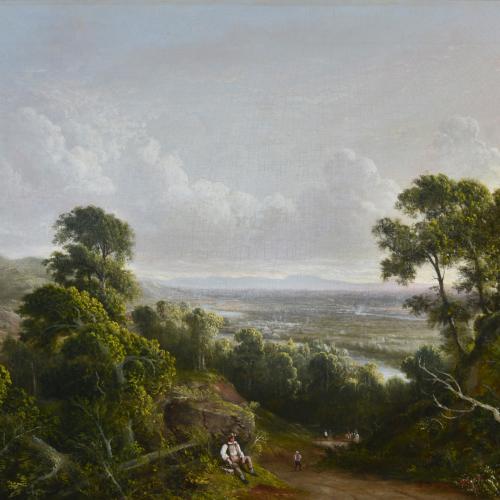
DeWitt Clinton Boutelle (American, 1820–1884)
View from Mount Ida, 1845
Oil on canvas
Private collectionBoutelle, who was named after Erie Canal mastermind DeWitt Clinton, focused on the breathtaking vista from Troy in a classic Hudson River School composition. He emphasized the expansive landscape in which tiny figures hike up the ascent with Albany visible in the distance.



